
In this series, experts in the field advise current residents and offer insight into how they can make the most of their time and experience moving forward with their careers.

In this series, experts in the field advise current residents and offer insight into how they can make the most of their time and experience moving forward with their careers.

It is noteworthy that patients with mild TBI often report visual issues despite normal results of visual acuity measurements and fundus examinations.

Ahead of this year's Floretina meeting and International Congress on OCT Angiography, En Face OCT and Advances in OCT (ICOOR), David Hutton of Ophthalmology Times spoke with Charles Wykoff, MD, PhD. At FLORetina ICOOR, he presented on a number of topics, including diabetic retinopathy—the subject of his conversation with the Eye Care Network.

According to researchers, GPT-4o demonstrates potential in generating comprehensive differential glaucoma diagnoses but falls short in primary diagnostic accuracy, underscoring its role as a complementary tool rather than a standalone diagnostic solution.

The authors searched PubMed, Scopus, MEDLINE, ScienceDirect, and ClinicalTrials.gov, and selected studies based on reports with an association between RVO and heart attack risk.
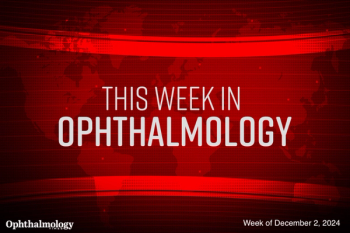
This Week in Ophthalmology is a video series highlighting some of the top articles featured on the Ophthalmology Times website.

The company begins phase 1 trials of oral GAL-101, targeting amyloid beta aggregation. Promising safety and efficacy in ophthalmic models suggest potential for treating dry AMD, glaucoma, and neurodegenerative eye diseases.

In this series, experts in the field advise current residents and offer insight into how they can make the most of their time and experience moving forward with their careers.

BostonSight’s pilot study, published in Clinical Ophthalmology, explores the use of PROSE scleral lenses as a drug delivery system for cyclosporine 0.05% in treating dry eye disease, showing promising symptom relief and tolerability.

The funding will primarily support advancement of Elate Ocular through its registration-enabling phase 3 clinical trials for dry eye disease.
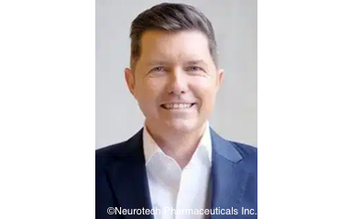
Scott Hunter, who joined the company nearly 2 years ago, also had stints with Novartis, Shire, and Bausch + Lomb.

Researchers set out to determine the most important systemic risk factors associated with cataract development in patients with DM
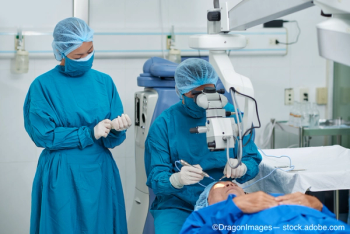
According to the company, VVN461, a non-steroidal dual JAK1/TYK2 immunomodulator, achieved its primary endpoint, demonstrating statistical and clinical efficacy compared to vehicle in treating post-operative inflammation following cataract surgery.

Nerve cells in the retina were analyzed at the Vienna University of Technology using microelectrodes. According to researchers, the nerve cells demonstrated surprisingly stable behavior, which is good news for retina implants.

In this series, experts in the field advise current residents and offer insight into how they can make the most of their time and experience moving forward with their careers.

SOL-1 is a superiority study being conducted under a Special Protocol Agreement (SPA) with the US Food and Drug Administration (FDA).
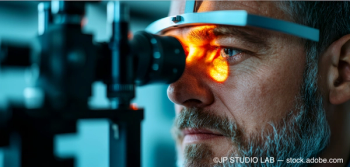
EyePoint Pharmaceuticals has dosed the first patient in the LUCIA Phase 3 trial of Duravyu for wet AMD. The study evaluates Duravyu’s efficacy, durability, and re-dosing every 6 months in both treatment-naïve and previously treated patients. Topline data is anticipated in 2026.

The Advanced Research Projects Agency for Health award has established a multidisciplinary consortium of industry experts to address current limitations and advance innovative technologies for vision-restoring whole eye transplantation, with the goal of bringing sight to those who are blind through the first-ever successful vision recovery in 6 whole eye transplants in humans by 2030.

A team of Bascom Palmer Eye Institute and University of Miami researchers have received an award to fund the procurement, preservation, and transplantation of a human eye to restore vision.

PolyActiva’s phase 2 clinical trial of its PA5108 glaucoma implant met efficacy and safety end points, demonstrating more than 20% reduction in IOP. The biodegradable implant offers sustained drug delivery for up to 26 weeks, addressing challenges of patient adherence and improving glaucoma treatment outcomes.

In this series, experts in the field advise current residents and offer insight into how they can make the most of their time and experience moving forward with their careers.
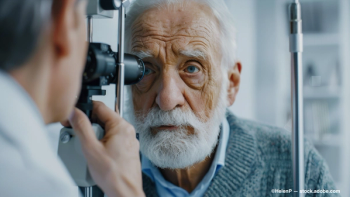
Prevent Blindness announces its fourth annual Geographic Atrophy Awareness Week, December 2 to 8, 2024. The organization offers free educational resources, including videos and guides, and supports GA patients through programs like Living Well With Low Vision.

In this series, experts in the field advise current residents and offer insight into how they can make the most of their time and experience moving forward with their careers.
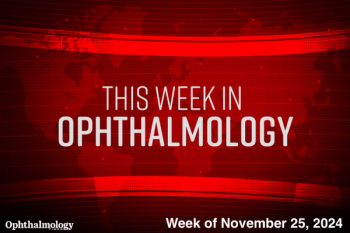
Welcome to the latest edition of This Week in Ophthalmology, a video series highlighting some of the top articles featured on the Ophthalmology Times website.

Hyaluronic acid fillers are used for undereye volume correction, detailing aging effects on facial anatomy, common complications, and optimal injection techniques. Imaging tools such as MRI can prove to be beneficial for patient assessment.

Preclinical research highlights mRNA-based therapy's potential to inhibit scar tissue and abnormal blood vessel growth in proliferative vitreoretinopathy, addressing a critical unmet need in treatment.

About 33% of ocular tuberculosis patients may relapse within 2 years of achieving clinical inactivity, with a poor initial treatment response serving as a strong predictor of recurrence.
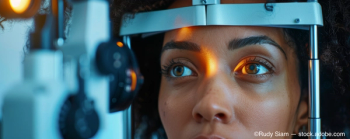
A Korean study identified preoperative use of preservative-containing glaucoma medications as a significant risk factor for trabeculectomy failure in POAG patients. The Glaucoma Medication Intensity Index (GMII) predicted long-term outcomes, highlighting the importance of managing medication exposure before surgery.

In this series, experts in the field advise current residents and offer insight into how they can make the most of their time and experience moving forward with their careers.

Researchers at the University of Colorado Anschutz Medical Campus found that characters with crossed or drifting eyes are more likely to play more minor roles in animated movies and be considered unintelligent or villainous. These depictions, the researchers say, can have harmful effects for children with strabismus by perpetuating stereotypes.